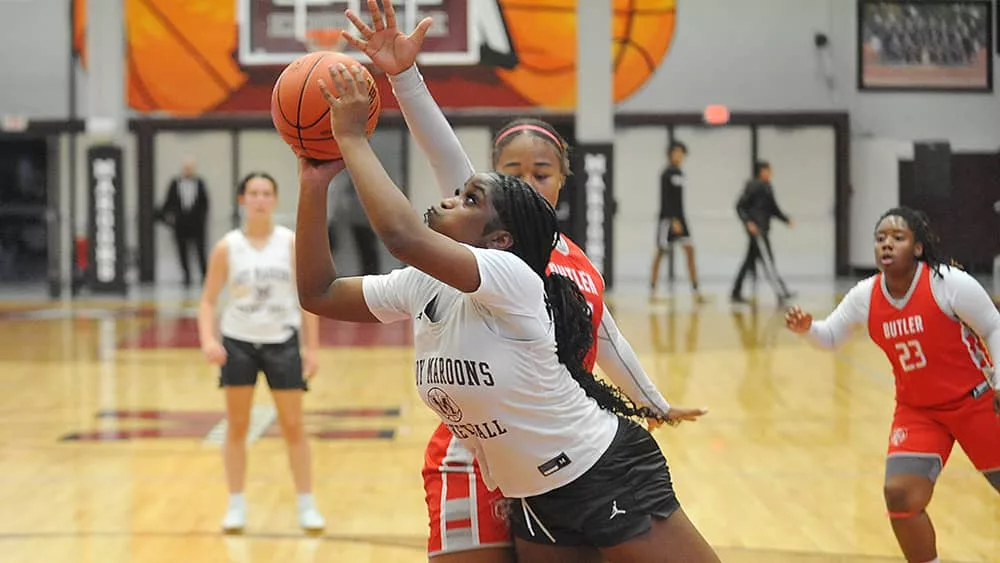Boxwood growers – listen to your boxwoods. Yes, listen with your ears. This is the time of year when you can audibly hear the larva of boxwood leafminer chewing in-between the upper and lower surfaces of the leaves. You will also notice yellow blisters on the leaves and general discoloration of the shrub. If you crack open a leaf, there you will find a small yellow larva devouring your prized boxwood.
The Boxwood leafminer adult is a thin-bodied dainty fly which uses its ovipositor (egg-laying device) to place an egg inside of boxwood leaves. The eggs hatch and the larva will feed during summer and overwinter inside this protective leaf. But once temperatures warm up in spring, the larvae begin feeding heavily. Plants with a severe infestation emit a crackling sound while the larva are munching noisily.
In our area, the larva will pupate into adults around early to mid-April. The adults will emerge, mate, and the females will deposit their eggs. Although many control options are available, they are difficult to time with the emergence of the adult flies. Just spraying the leaves will not be beneficial, you must target the adults. A better option would be to apply imidacloprid, a systemic insecticide, to control the larva instead of timing sprays for the adults. This pest is an occasional pest and may not be a problem every year so check for the larvae before making any treatment.
An even better option would be to select and plant boxwood leafminer-resistant shrubs. Over 150 boxwood cultivars have been studied and the following cultivars were found more resistant to this pest better than others: Franklin’s Gem, Golden Dream, Green Pillow, Morris Dwarf, NewGen Freedom, Vardar Valley, and Winter Gem.






